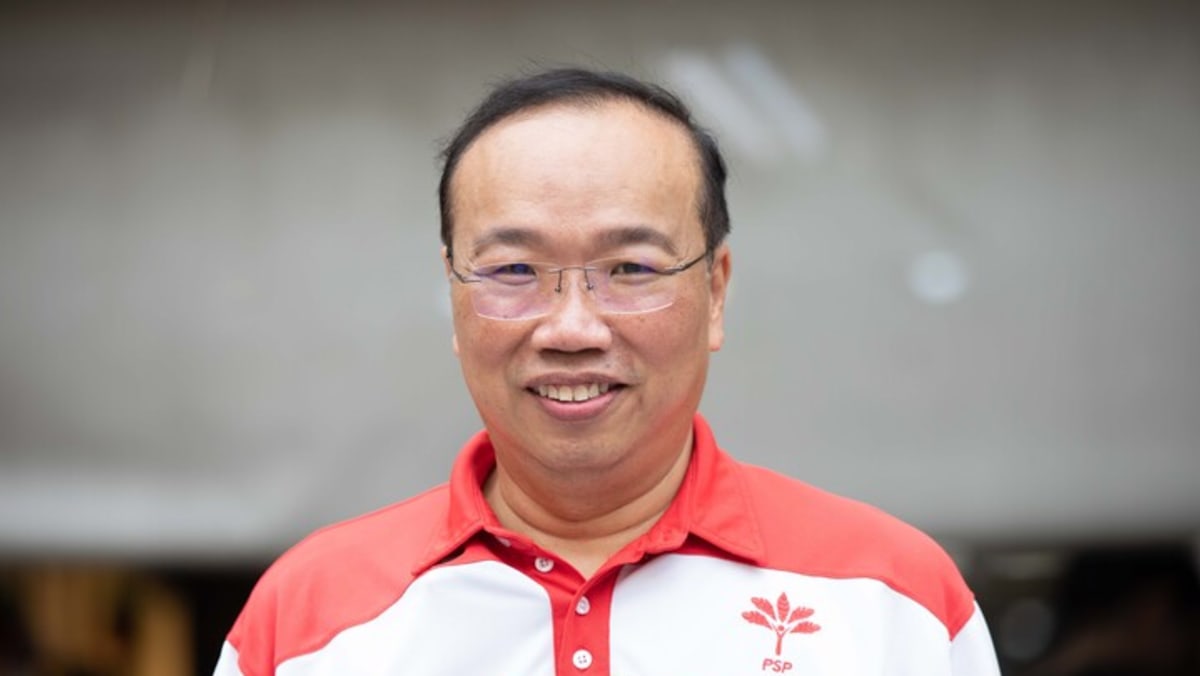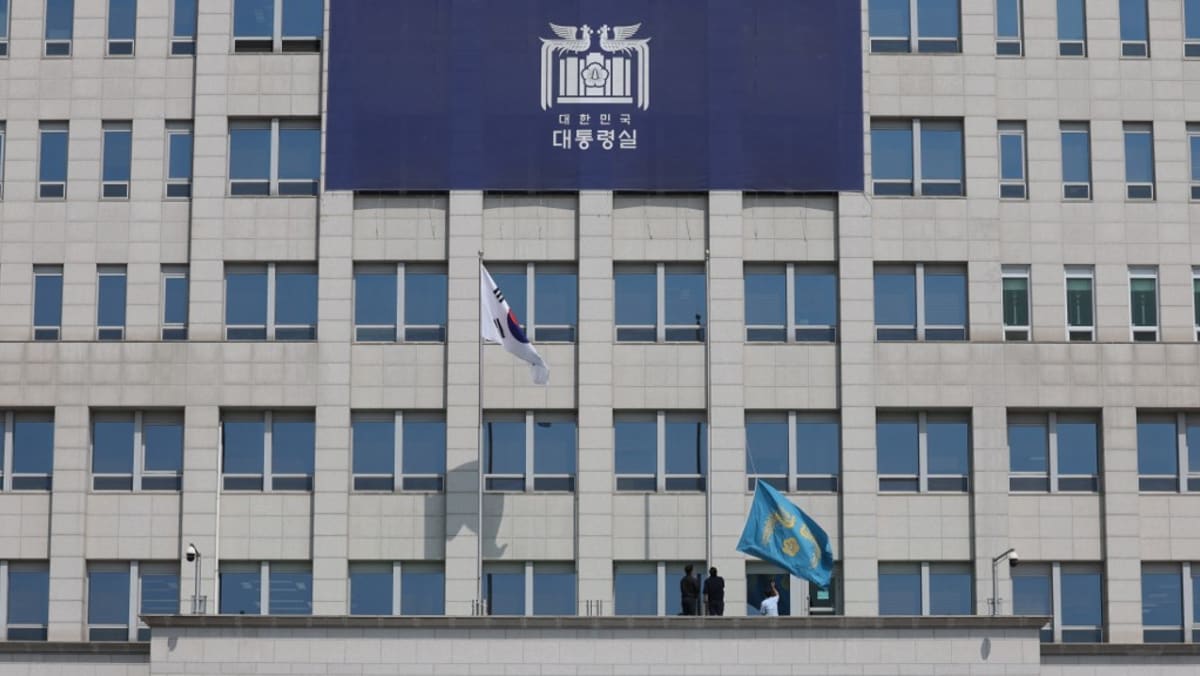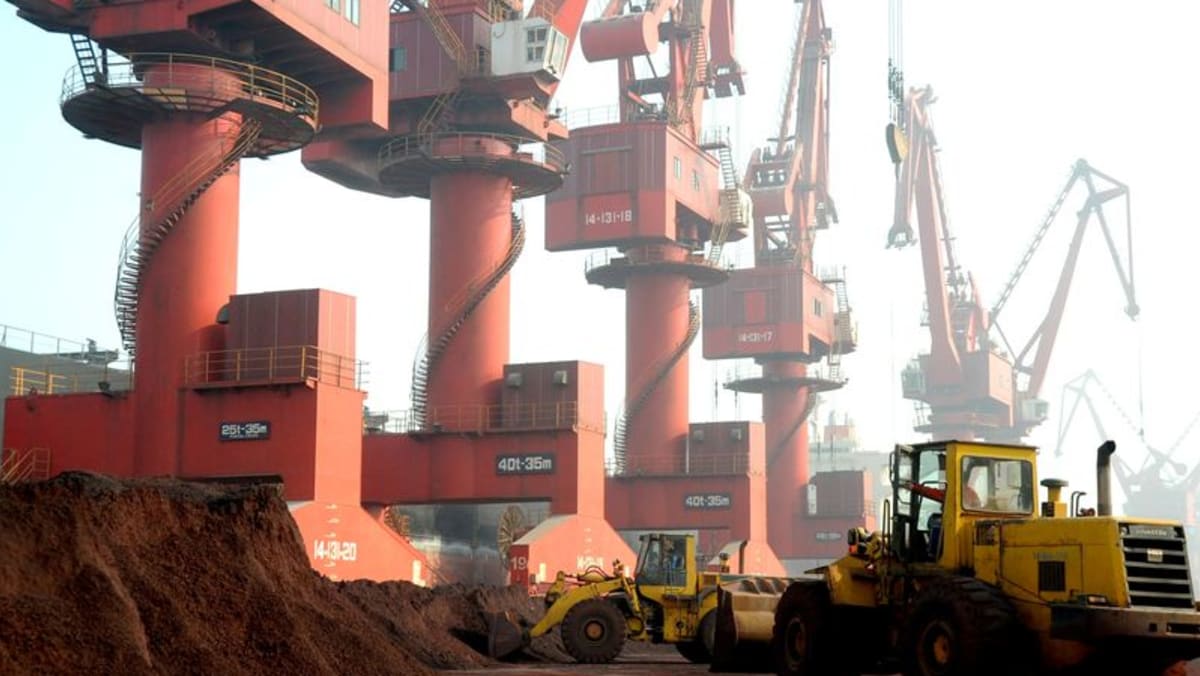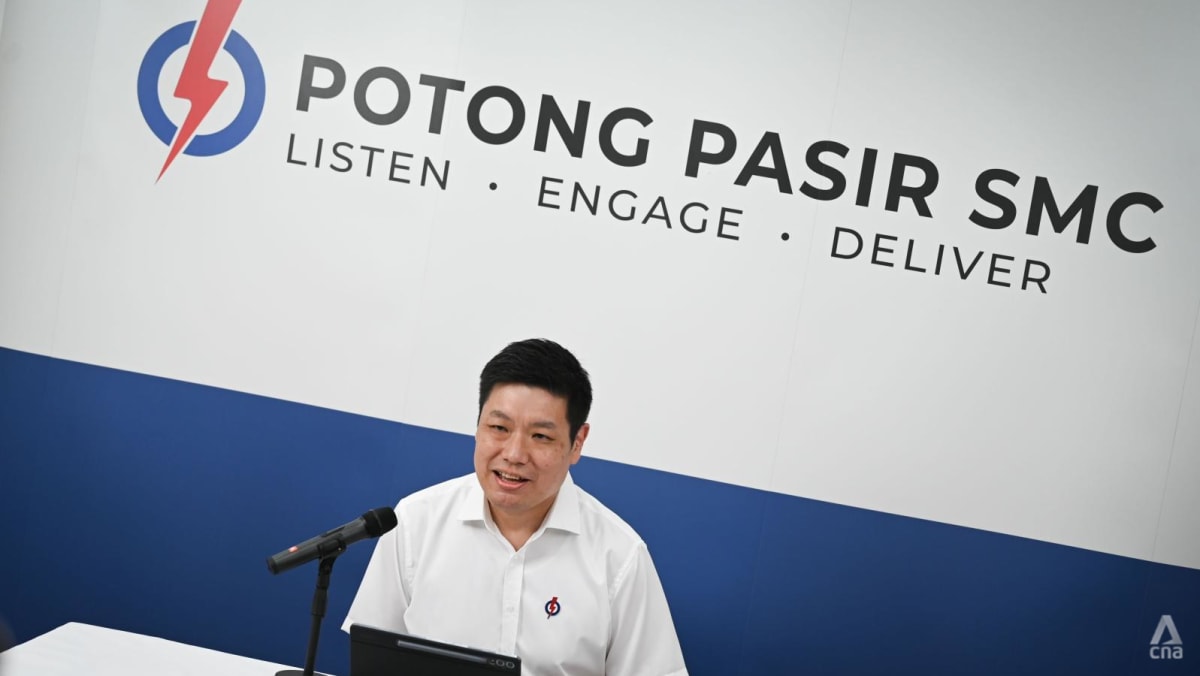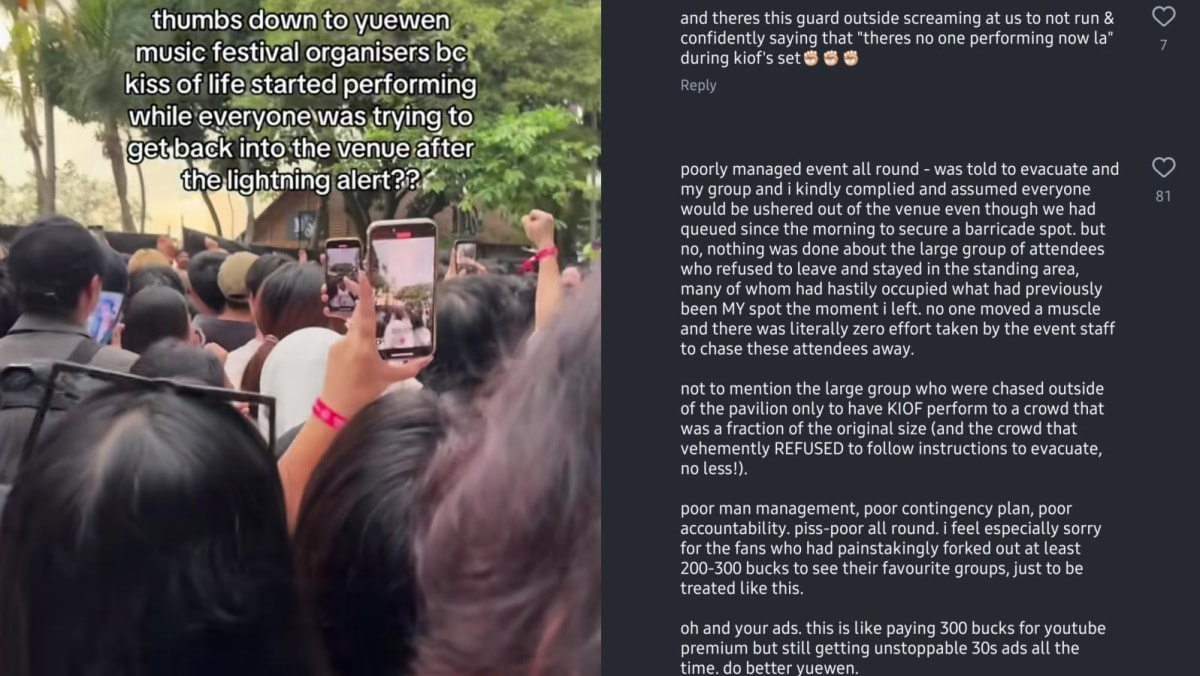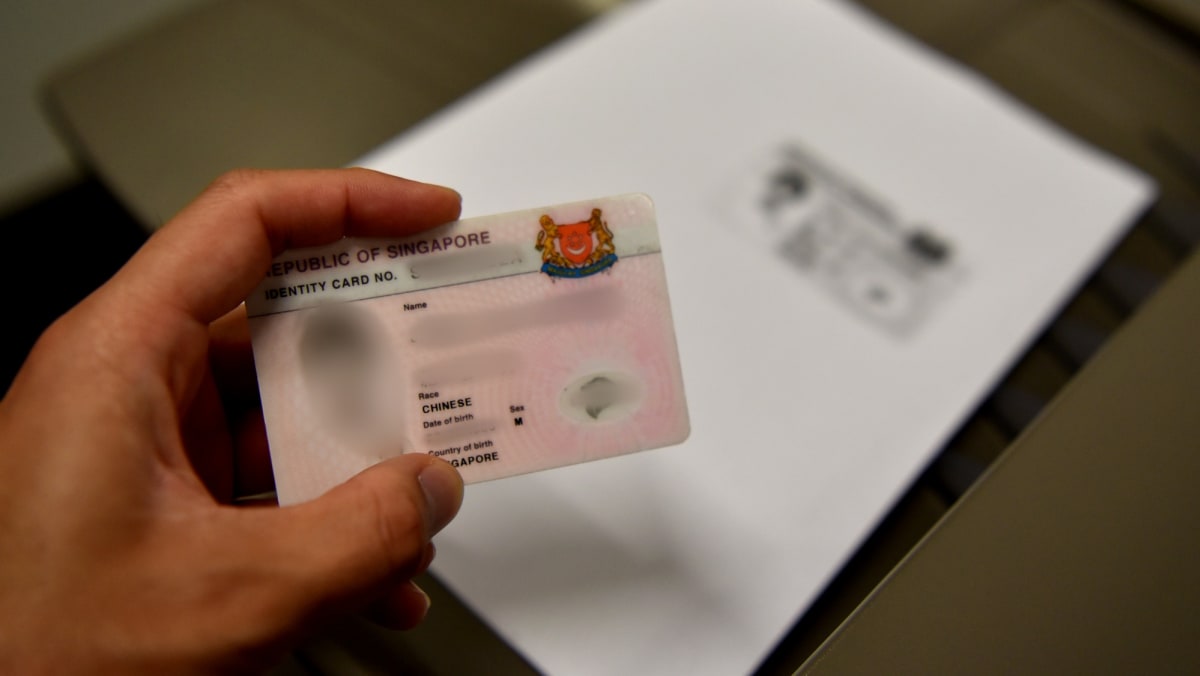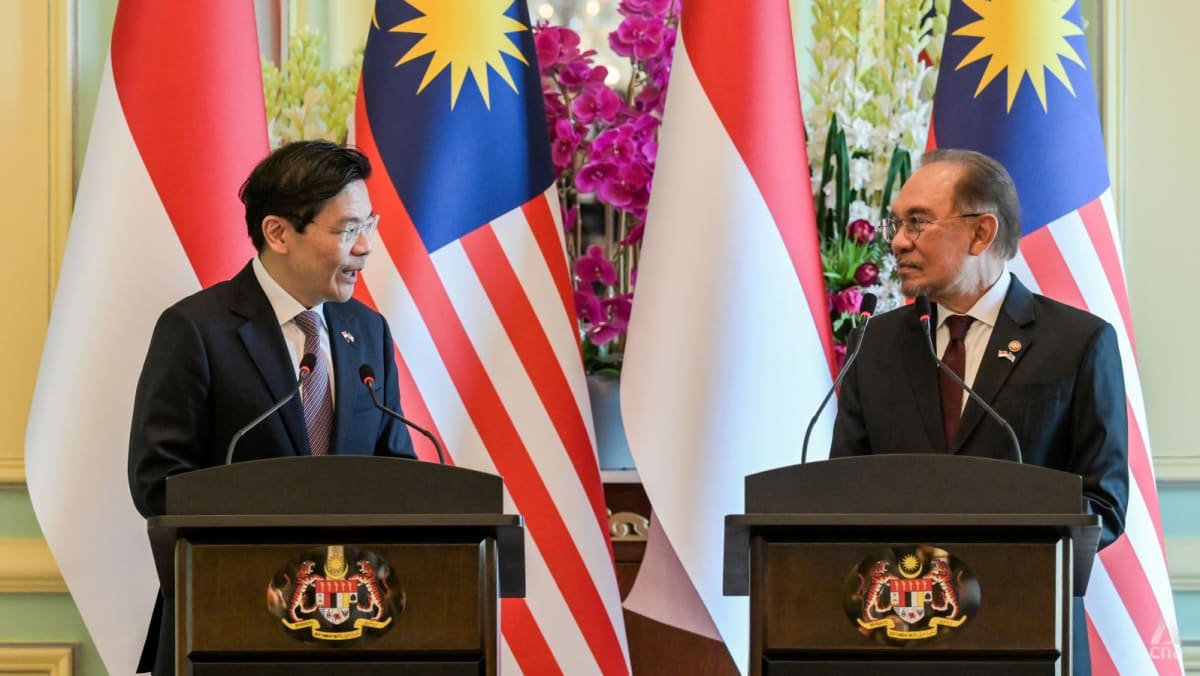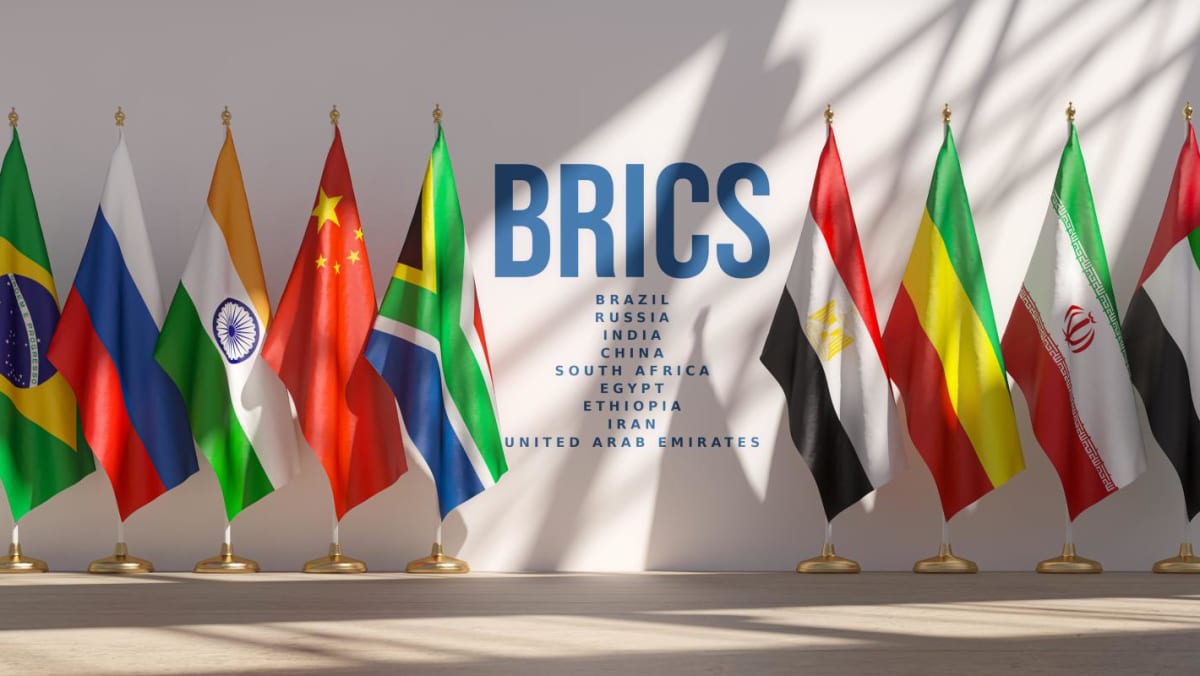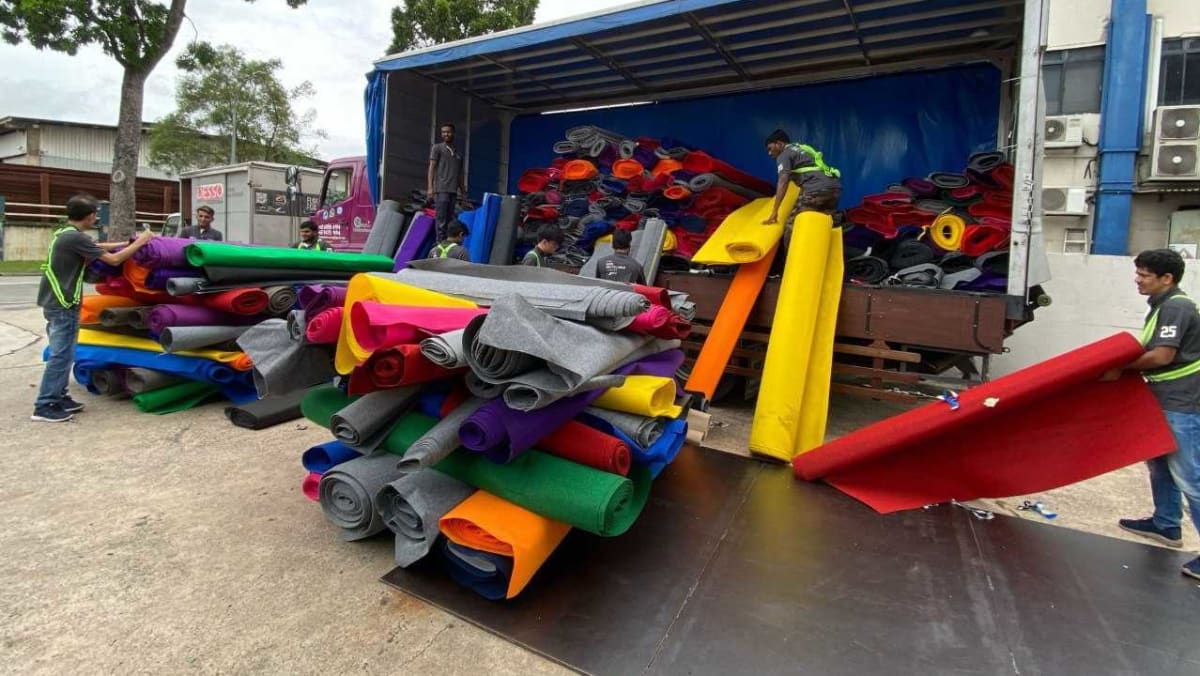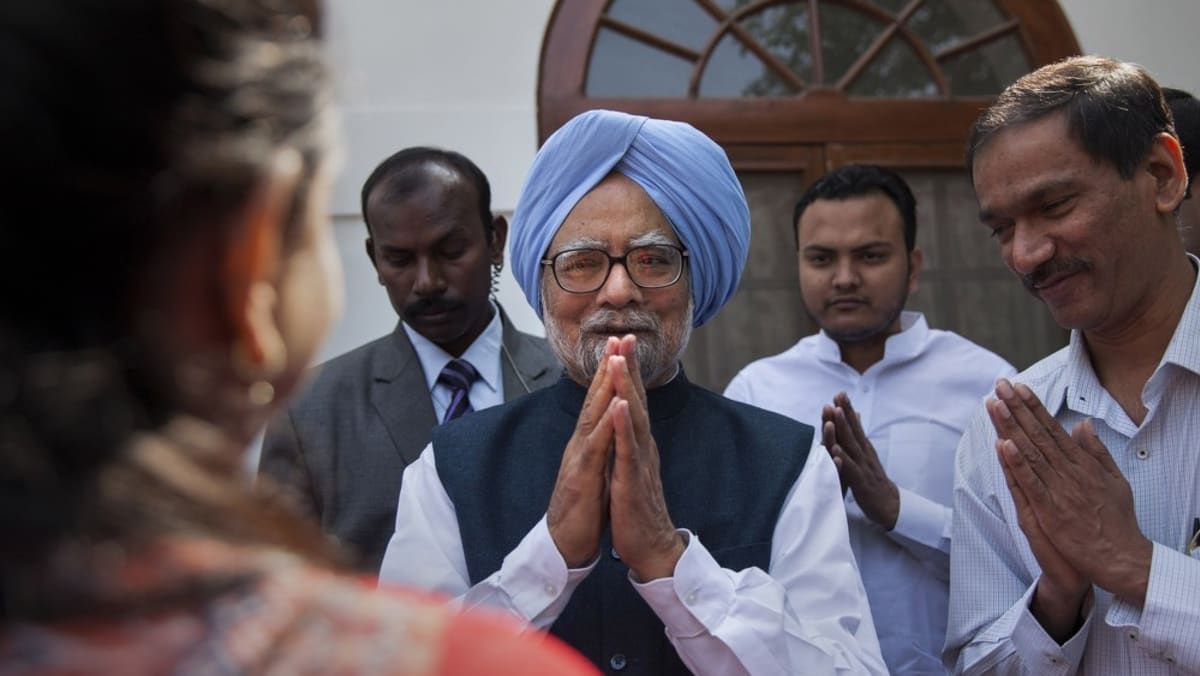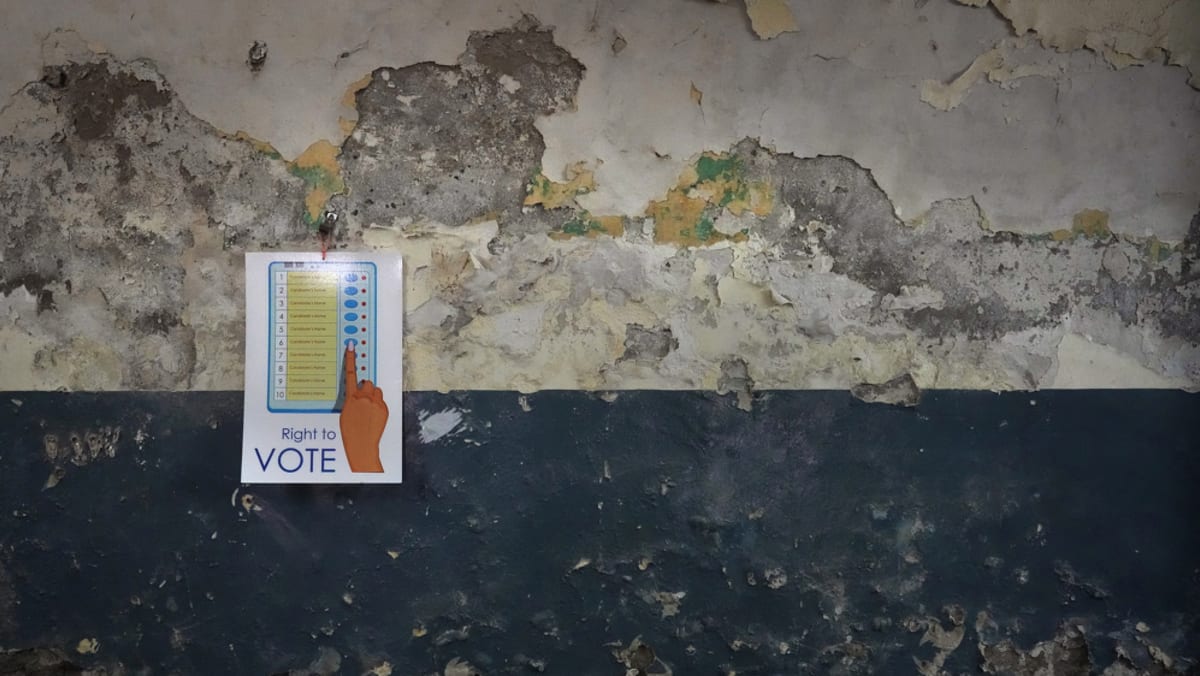SINGAPORE: The Johor-Singapore Special Economic Zone (JS-SEZ) is without doubt an ambitious cross-border undertaking. Investor and market interest piqued when the JS-SEZ was officially announced in October 2023, but the excitement level has picked up significantly since a Memorandum of Understanding (MOU) was signed in January last year, and further updates provided at the Malaysia-Singapore Leaders' Retreat last week.
At 3,571 sqkm, the JS-SEZ will be roughly four times larger than Singapore and nearly twice the size of China’s Shenzhen. It will comprise nine flagship zones catering to different economic sectors in areas such as JB City Centre, Iskandar Puteri, Desaru and Pengerang Integrated Petroleum Complex.
The goals are impressive: 50 projects and 20,000 skilled jobs in the first five years, and 100 projects in a decade.
In all, the JS-SEZ is expected to add US$28 billion annually to Malaysia’s gross domestic product in the next 10 years, said Malaysian Economy Minister Rafizi Ramli.
The vision is undoubtedly bold, but can the JS-SEZ deliver the results?
A PROMISING START
For starters, the segmentation of the SEZ into different zones is smart considering the large size of the SEZ. This will help develop synergies between similar industries and companies, and hopefully foster the creation of self-sustaining ecosystems.
The promise of a special 5 per cent corporate tax rate for up to 15 years for companies investing in high-value activities such as artificial intelligence and aerospace manufacturing, “tailor-made” incentives for flagship zones, and a special 15 per cent income tax rate for “knowledge workers” is enticing. Lower entertainment duties have also been added to the mix to sweeten the deal.
Second, setting clear milestones - 50 projects in five years and 100 projects in 10 years - will help measure the progress of the SEZ. Investors need measurable results to stay engaged, and these targets provide just that.
While the size or nature of these 50 to 100 projects are yet unknown, they don’t all have to be massive. Sometimes, smaller, innovative ventures can pave the way for broader success.
Third, there’s the focus on talent. The JS-SEZ is betting big on high-value industries such as the digital economy, aviation, manufacturing and financial services. In a world where everyone is competing for top talent, Malaysia’s efforts to build a strong, competent labour force could prove prescient.
A WORK IN PROGRESS
That is not to say that the crystal ball is entirely clear at this juncture. The JS-SEZ has a long way to go before it can deliver on its promises.
Several key areas require attention. First, a clear timeline in terms of setting up the Invest Malaysia Facilitation Centre-Johor - a one-stop shop which will streamline and expedite the process for companies looking to establish in or expand to the JS-SEZ - will help to capitalise on the initial interest generated by the JS-SEZ.
Similarly, regulatory clarity will provide confidence to prospective investors. Businesses need to know the rules - especially around labour laws and work permits - before they can commit. Resolving any teething issues in a proactive and efficient manner will also go a long way in building investor confidence in the JS-SEZ.
Infrastructure, too, remains a concern. Mr Rafizi has outlined a “project-by-project” approach to developing infrastructure within the special economic zone, as opposed to the conventional arrangement of building infrastructure before attracting investments. This could obfuscate progress on infrastructure development, with the risks that the plans are not designed or executed in a more comprehensive manner.
Ultimately, the success of the JS-SEZ will hinge on addressing these “nuts and bolts” issues.
Complementing the JS-SEZ’s internal infrastructure with broader development across Johor will be crucial. For example, while the 4km Johor-Singapore Rapid Transit System (RTS) is expected to become operational by end-2026, additional road, bus and rail connectivity to the RTS and more broadly, within the state of Johor will help improve prospects for the JS-SEZ.
There’s also a broader question of balance. While the JS-SEZ is understandably focused on supporting new industries such as AI and high value-add technologies, there may be less sophisticated industries that are interested in investing in the zone to reap the advantages of a larger domestic market and lower tax rates. A roadmap for these industries would provide a solid foundation for investments.
And then there’s accountability. Regular, transparent reviews of the JS-SEZ will be important to gauge whether the authorities have been able to achieve their intended targets. Are the projects delivering on job creation? Are the flagship zones thriving as intended? Taking stock regularly will allow for improvements to better investment prospects for the JS-SEZ.
RECIPE FOR SUCCESS
Overall, the JS-SEZ has the potential to be a win-win for both Malaysia and Singapore.
The tone struck by the leaders from both sides of the border not only during the press conference on Jan 7 but also the “all-of-government” effort through the process over the past year has lent credibility to efforts associated with this cross-border endeavour.
Understandably, such a large undertaking will not be without initial teething issues, but this should be seen as a work-in-progress, where tweaks and modifications will be made to better suit investor needs.
The faster businesses, regulators and policymakers can hit the ground running, the better the outcomes to be achieved.
Selena Ling is Chief Economist and head of Global Markets Research and Strategy at OCBC. Lavanya Venkateswaran is Senior ASEAN Economist at OCBC.


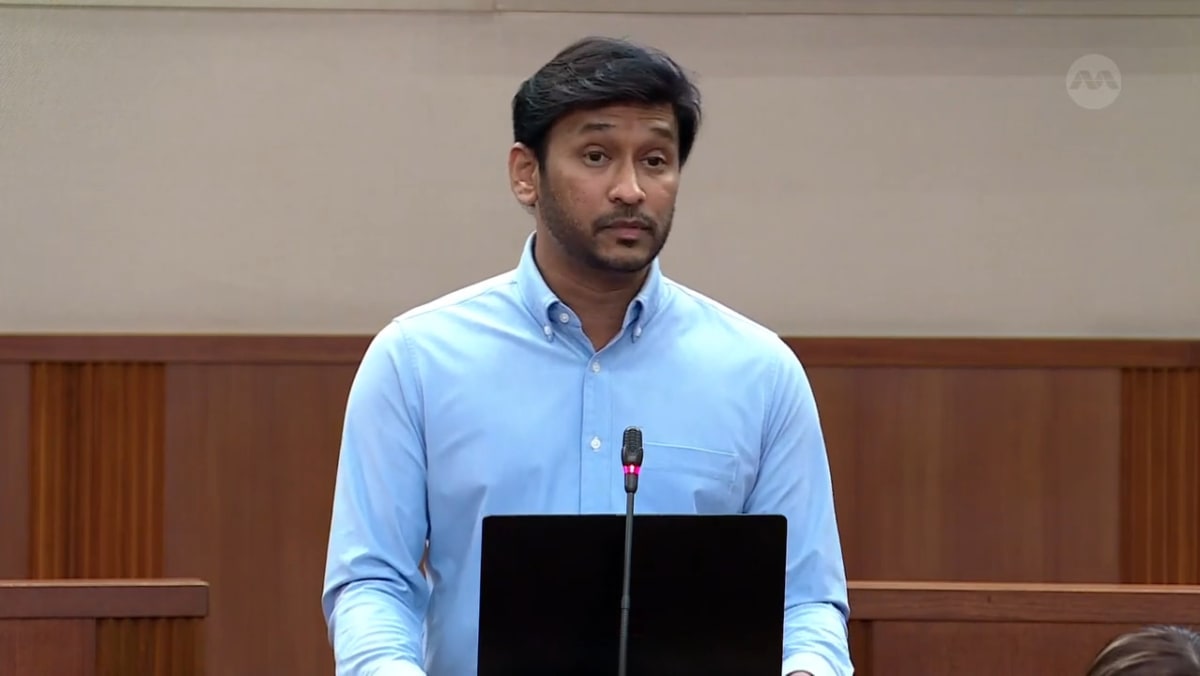

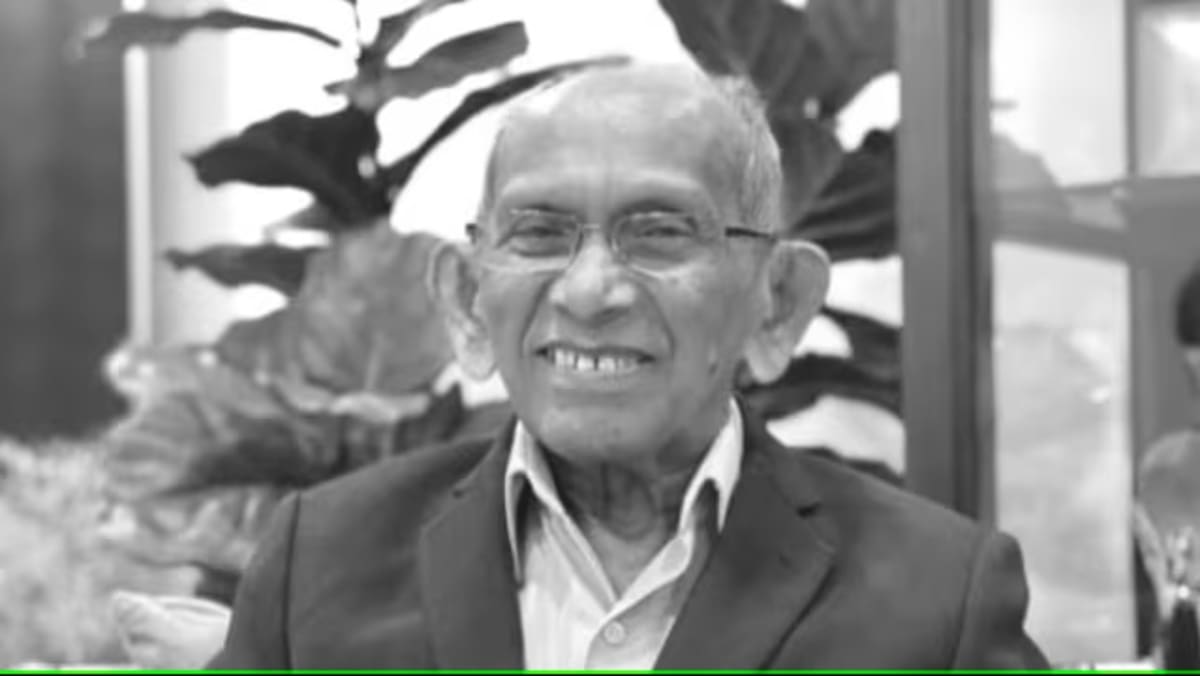

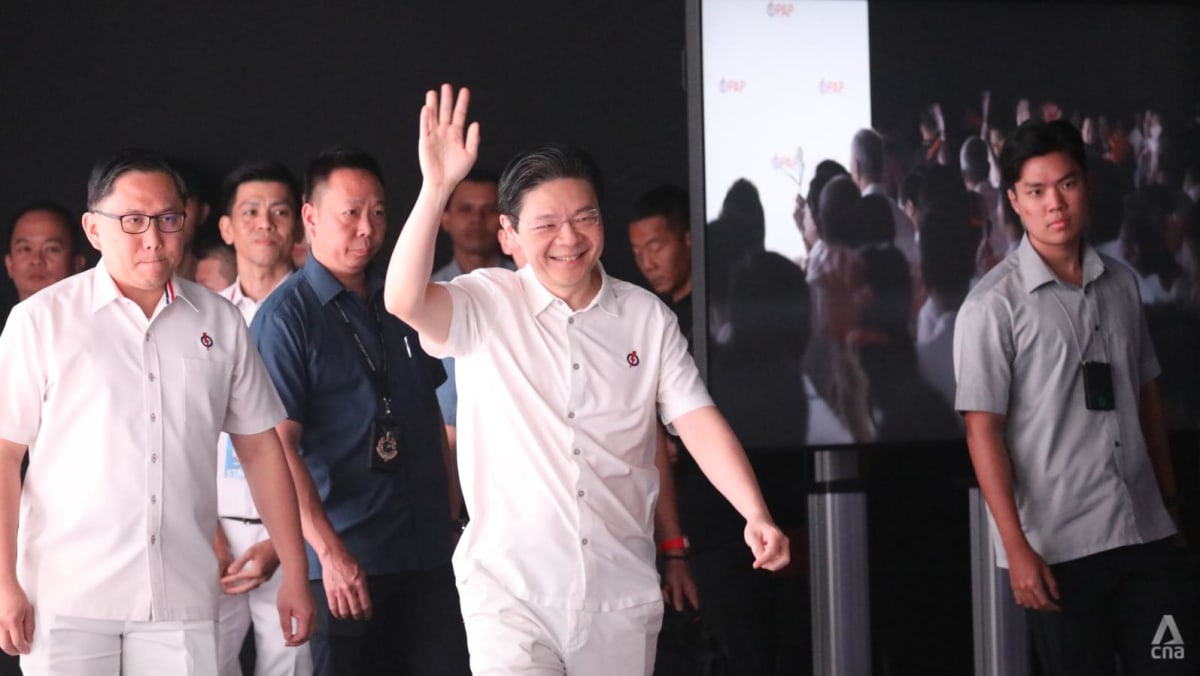
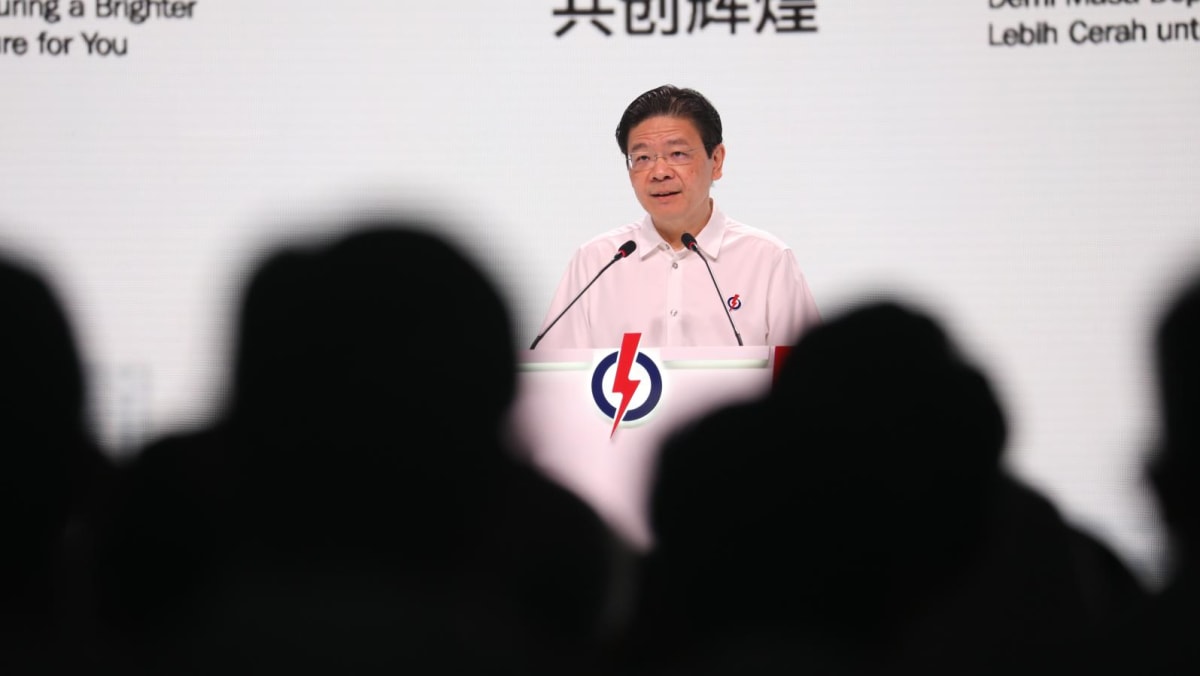
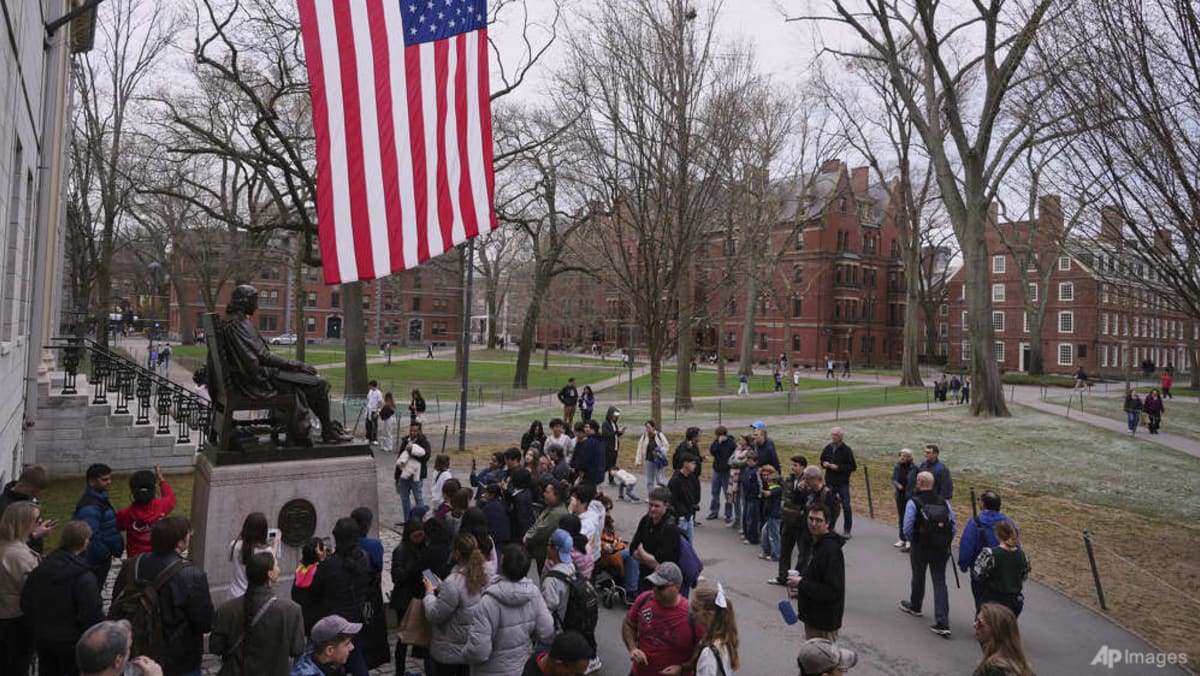



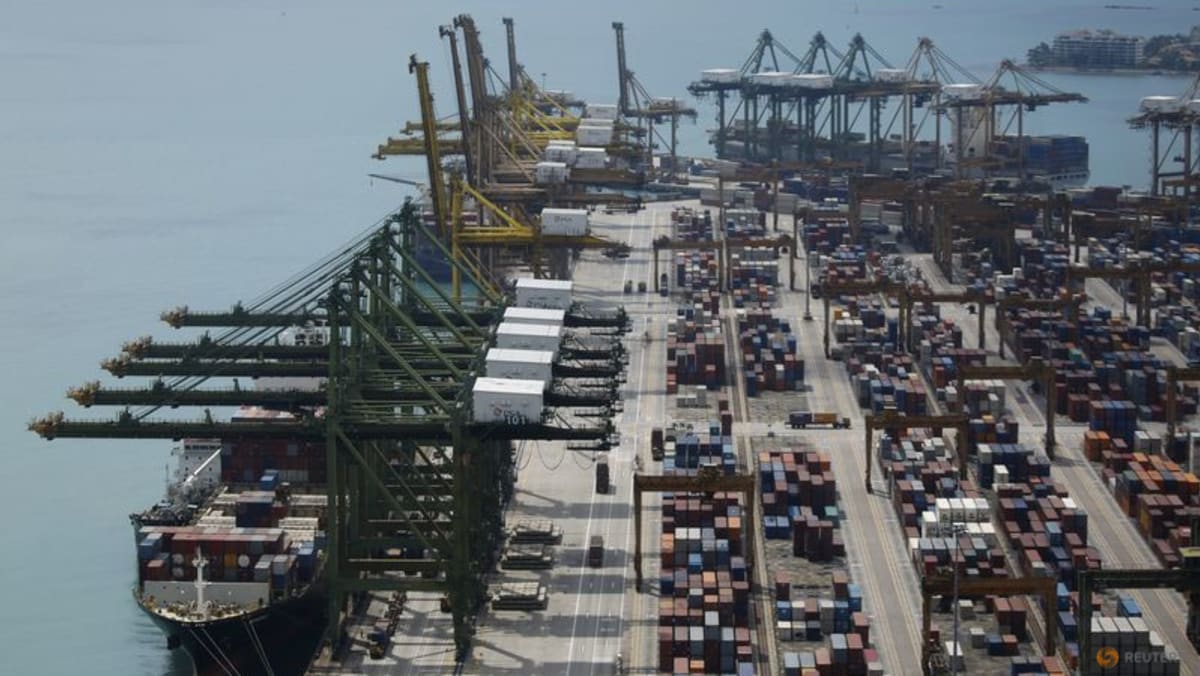
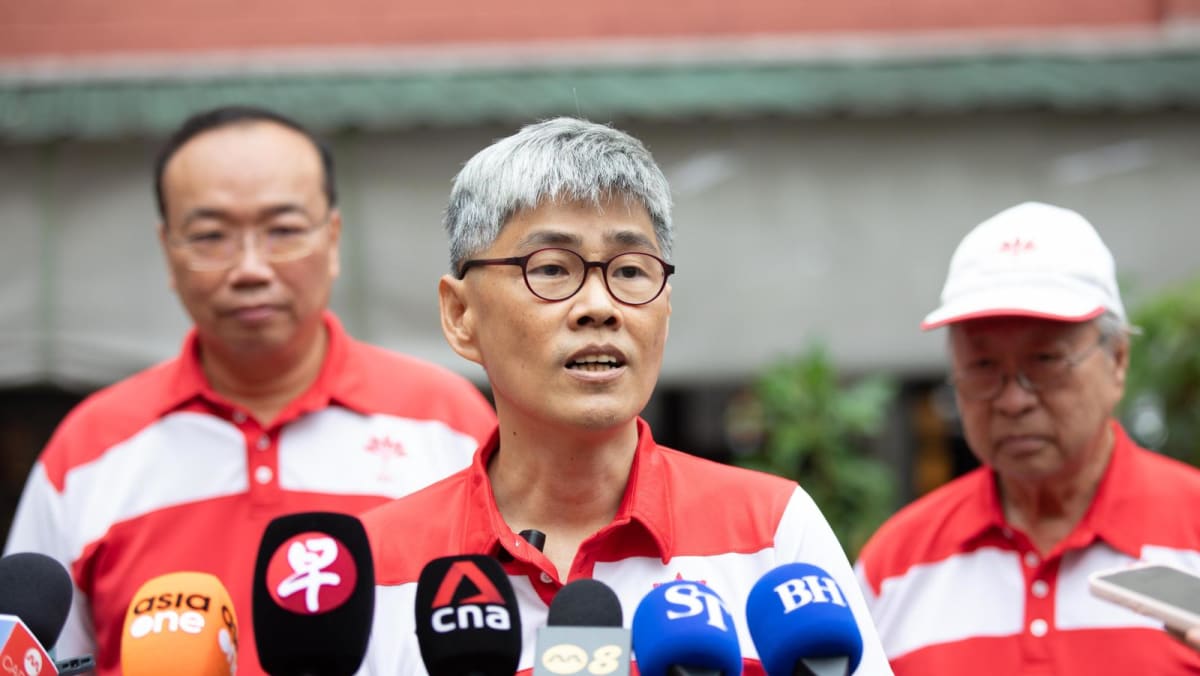
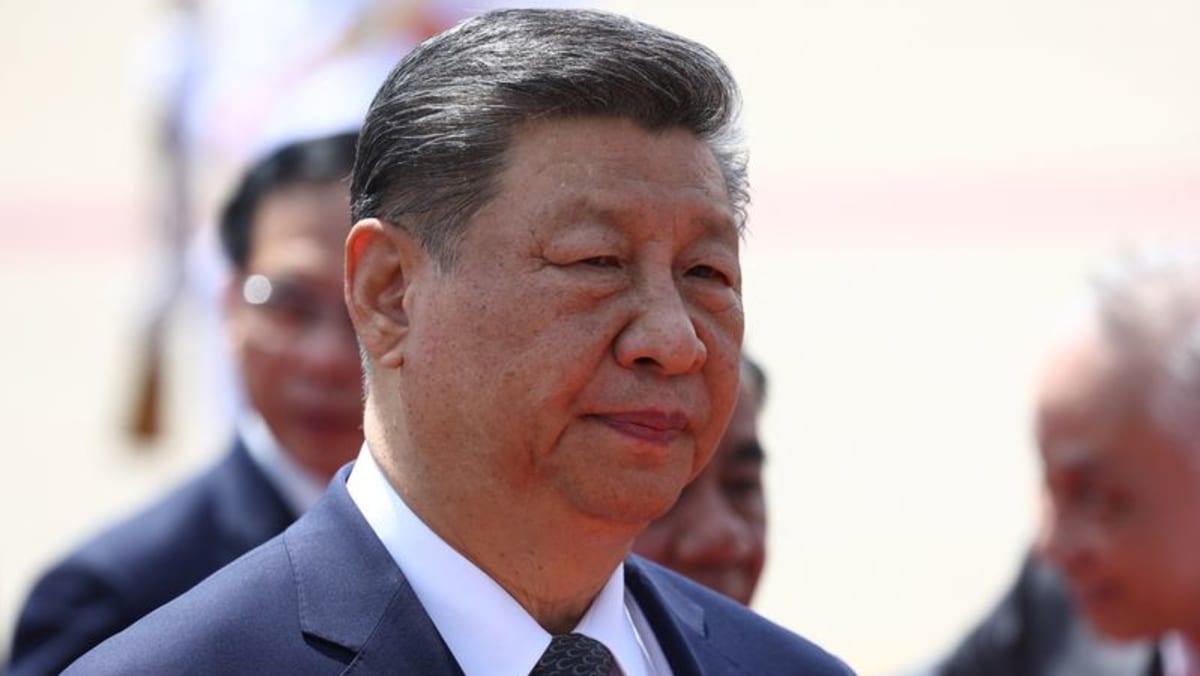
.png?itok=erLSagvf)
